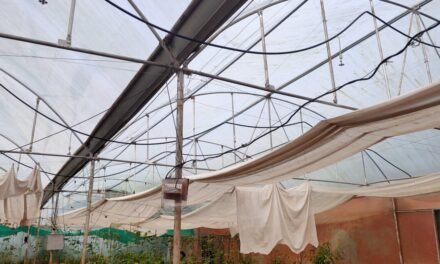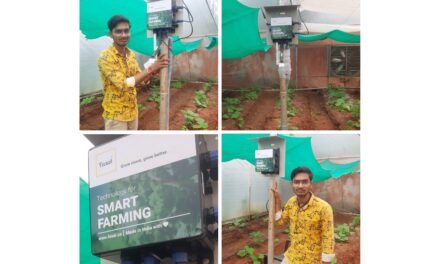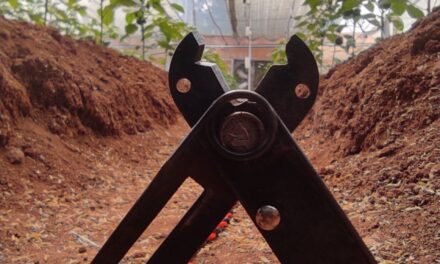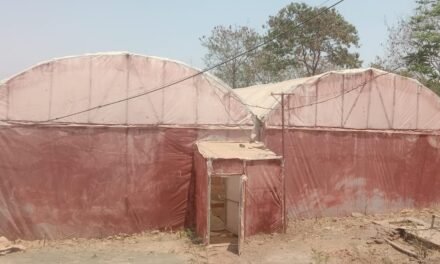Hey there, tech enthusiasts! Suhas Sir, our Vigyan Ashram electronics guru, has been at it again, this time building a custom temperature and humidity sensor using the ESP32 microcontroller and the AHT20 series capacitive humidity sensor. But we didn’t just stop at building it – we put it through some testing to see how sensitive and accurate it truly is.
Why the AHT20?
You might be wondering why choose the AHT2415C for this project. Well, this sensor has a few tricks up its sleeve:
- Capacitive Humidity Sensing: This technology offers more accurate and stable humidity readings compared to traditional resistive sensors.
- Wide Range: The AHT20 can measure humidity from 0% to 100%, making it suitable for a variety of environments.
- Temperature Measurement: It also includes a temperature sensor, providing a convenient two-in-one solution.
The ESP32: The Brains of the Operation
To collect, process, and display the data from the AHT20, used ESP32 microcontroller. This little powerhouse has built-in Wi-Fi and Bluetooth capabilities, making it perfect for creating connected projects.
Putting the Sensor to the Test
Now for the fun part: the experiments! we wanted to see how the AHT20 would perform in extreme conditions.
- The Icebox Challenge: We placed the sensor inside an icebox and watched as the temperature plummeted. The AHT20 accurately tracked the decreasing temperature and the rising humidity levels as the ice melted.
- The UV Mister Marathon: Next, we exposed the sensor to a UV mister, which increased the humidity in the air. The AHT20 responded , reflecting the humidity and temperature.
The AccuWeather Showdown
To see how the sensor stacked up against professional weather data, we took the device outside and compared the humidity readings to those reported by AccuWeather. Impressively, the AHT20 produced readings that were within a few percentage points of AccuWeather’s data.
Conclusions
This experiments demonstrated the AHT20’s sensitivity and accuracy with 8-15% error and response time delay due to entrapped moist in sensor. We are now looking to develop Lux meter to measure light intensity and casing for sensor so moisture is not entrapped.






